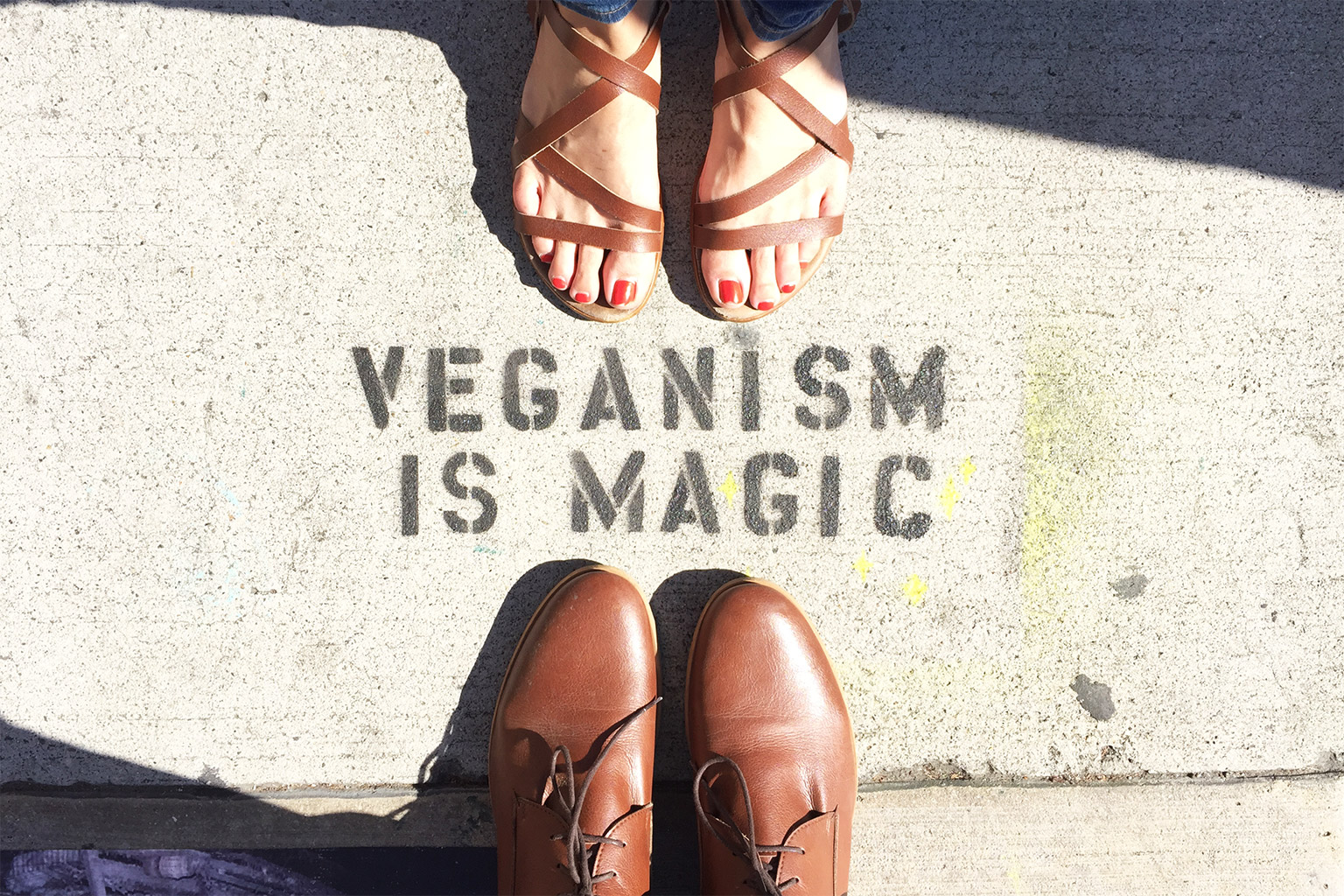March 28, 2014
All of us grew up knowing that National Geographic went hand-in-hand with powerful, evocative photography. It was a given that, when you sat down with that distinguished publication—framed as it still is in that bright, nearly shouting yellow—you were likely to open to any random page and have your breath taken away by what you saw. Whether I realized at the time or not, the magazine helped teach me the power images hold over us all.
But, evidently, that wasn’t always the case. When National Geographic was first published in the fall of 1888, it was a dry, severely text-heavy scientific publication that served as the sole literary outlet for the National Geographic Society. But, after a resoundingly positive public reaction to full-page photos of Tibet in their January 1905 issue, the magazine made a dramatic + deliberate shift toward the graphically impressive, pulling in photographers to create compelling images to accompany the stories that filled its pages, which had grown from discussing optimal slope grades for water runoff (yes, made that up) to tackling larger environmental, political, and societal issues.
Last fall, National Geographic + LA’s Annenberg Space for Photography opened The Power of Photography: National Geographic 125 Years. Yes, I too wish they had included a little more punctuation in that title, or maybe a preposition, like ‘at’, but that’s all beside the point. The point: Go to this show before it closes.
I’ll admit straight away, when I first heard about the format of the exhibit, I had my misgivings. You see, given the vast, vast collection of outstanding photographs that were to be part of the exhibition, organizers made the choice to rely on photographic slideshows shown on digital displays. Sounds budget, right? Turns out, it’s awesome, in the most literal sense of the word.
Sarah Leen, Director of Photography for National Geographic, explains:
“National Geographic’s photographic archive spans 125 years and includes more than 11.5 million images. In order to truly capture the breadth and depth of the collection we decided to create a show with 501 images alternating on screens, along with a selection of prints and print mosaics. The result not only reflects the general move in photography and the magazine toward digital imagery, but allows for a dynamic, immersive and richer experience of our archive of photographs.”
The Center’s site further explains the set-up: “Thirty professional-grade large format LED monitors are arranged to create video walls throughout the Photography Space galleries. These six video walls, ranging from 12 to 14 feet in width, present both individual images and photographic essays. Given the volume of photographs on the screens, and a format in which the images loop at different times throughout the galleries, the viewing experience is unique to each visitor and each visit.”
The result is honestly a must-see for any fans of…everything, really—animals, nature, people, culture, beauty, color, and that amazing feeling you get looking up into space or out at the ocean when you realize that your problems are usually the smallest, most insignificant things in this vast, limitless world of ours.
Seriously, if you live in LA or are visiting in the next month (the show closes April 27)—go. You’ll see what I mean.
The Annenberg Space for Photography is located at 2000 Avenue of the Stars, Los Angeles, CA 90067 and is open 11AM-6PM Tuesday-Friday; 11AM-9PM on Saturday + Sunday; closed Mondays. Parking is available in the underground garage next-door (there are signs).
Above, the much-circulated photo wildlife photojournalist Steve Winter took last year of P22, the cougar that lives a short walk from our studio; a fact that both impresses us…and terrifies us. To the right, Steve McCurry’s iconic photo of an Afghan refugee from 1984. See both in person at the exhibit.
Below, a short video featuring photographers from the exhibit.
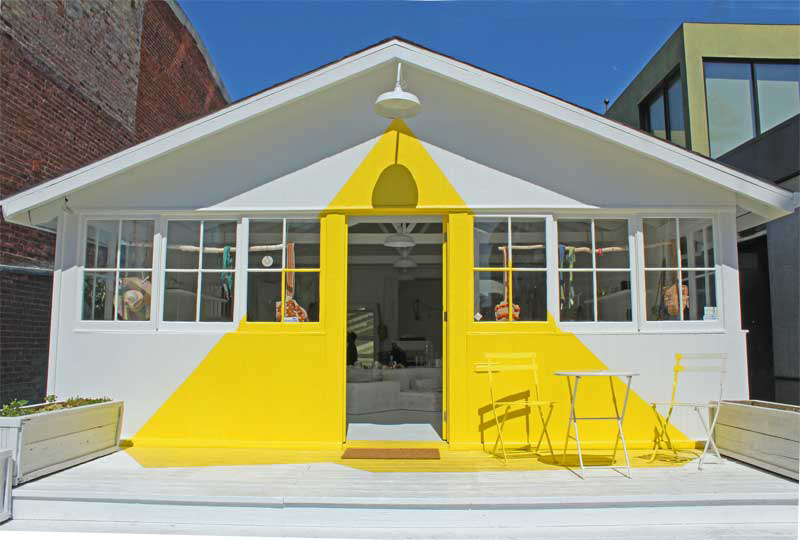
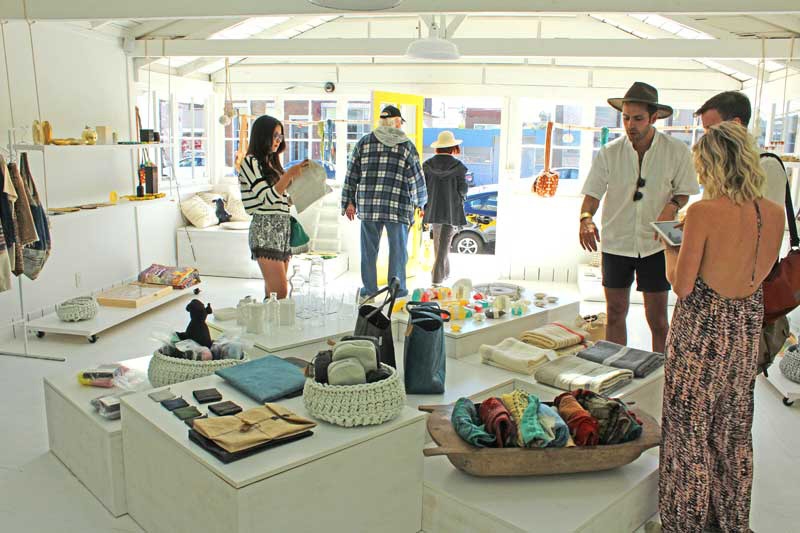
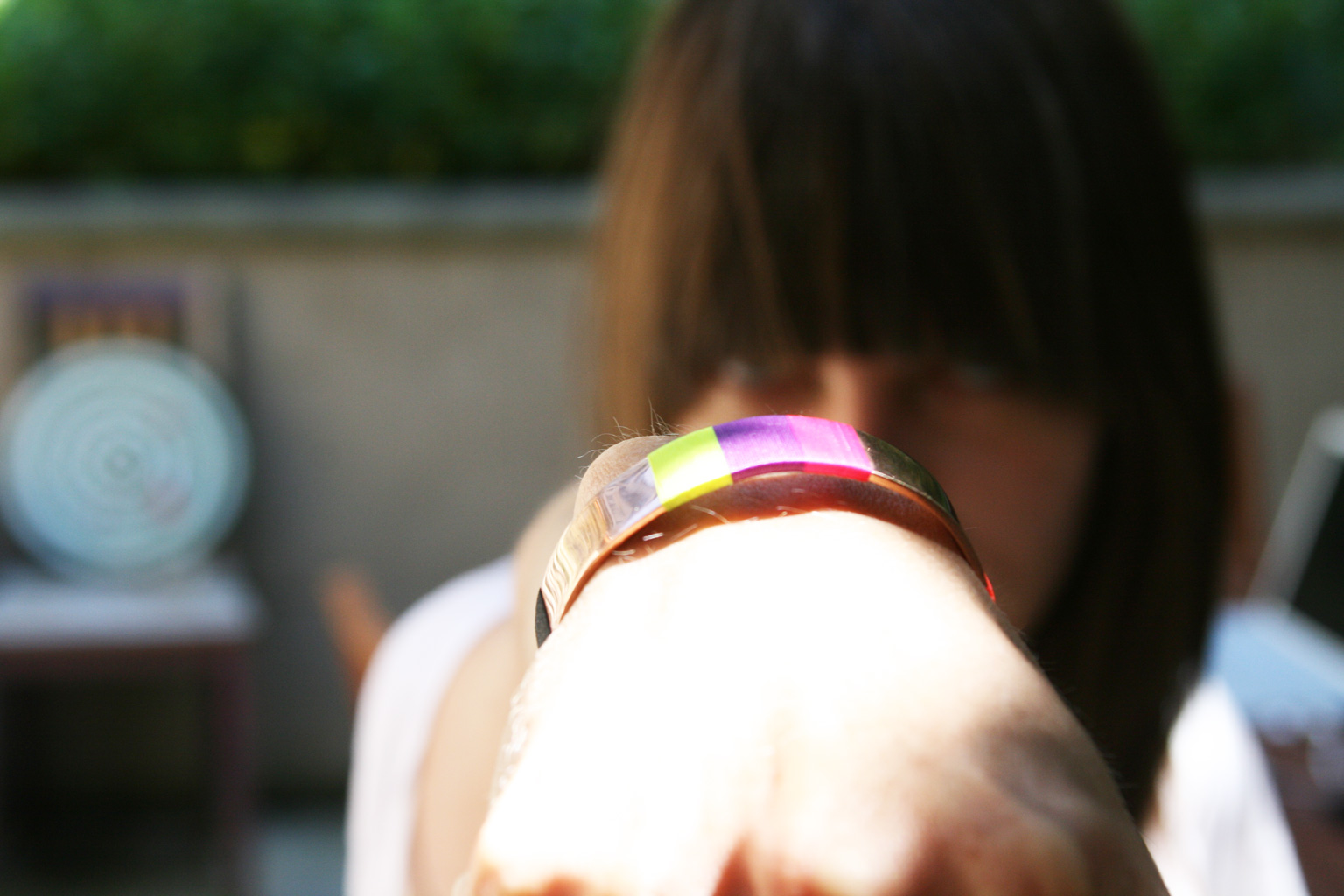




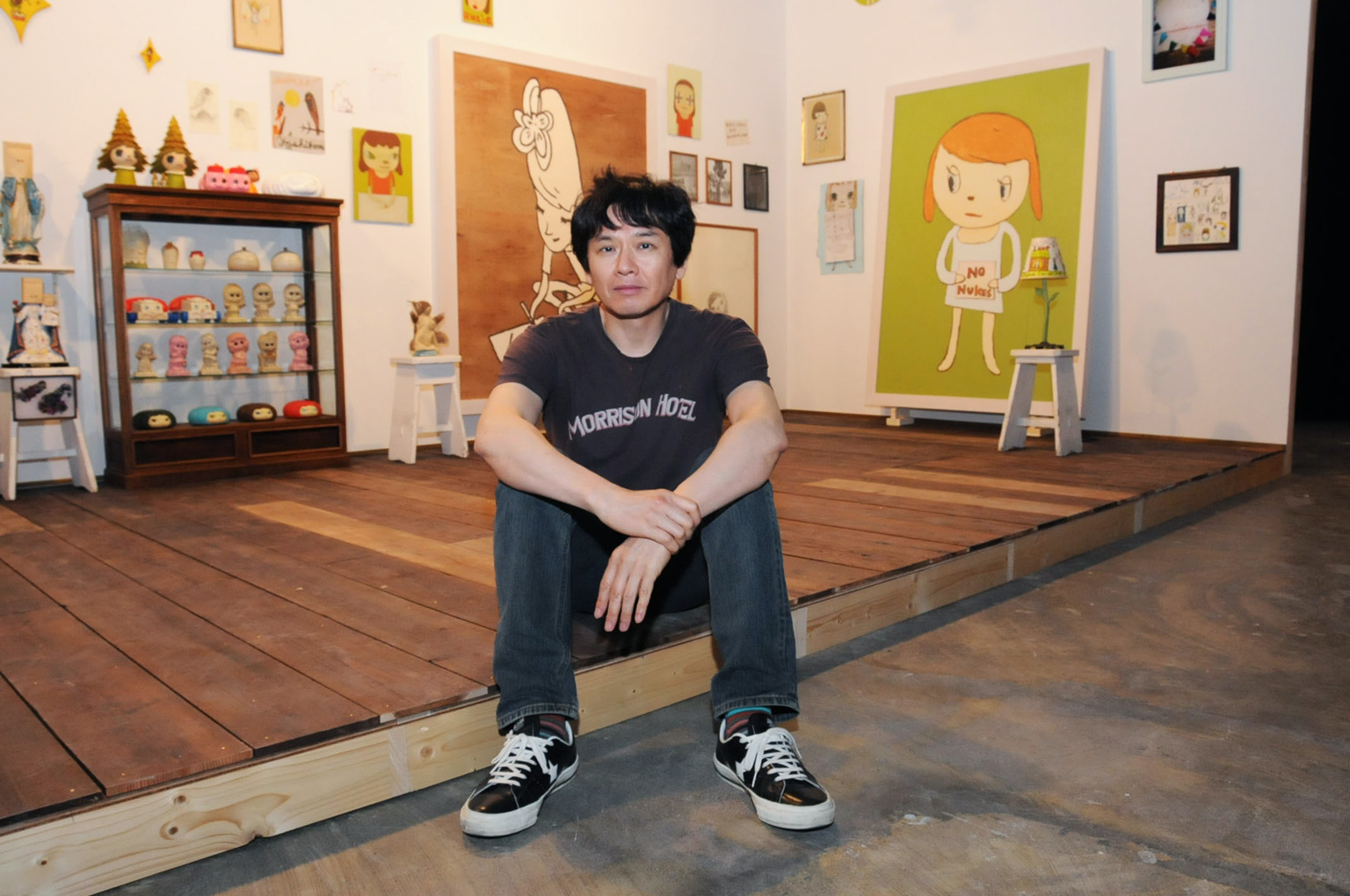





















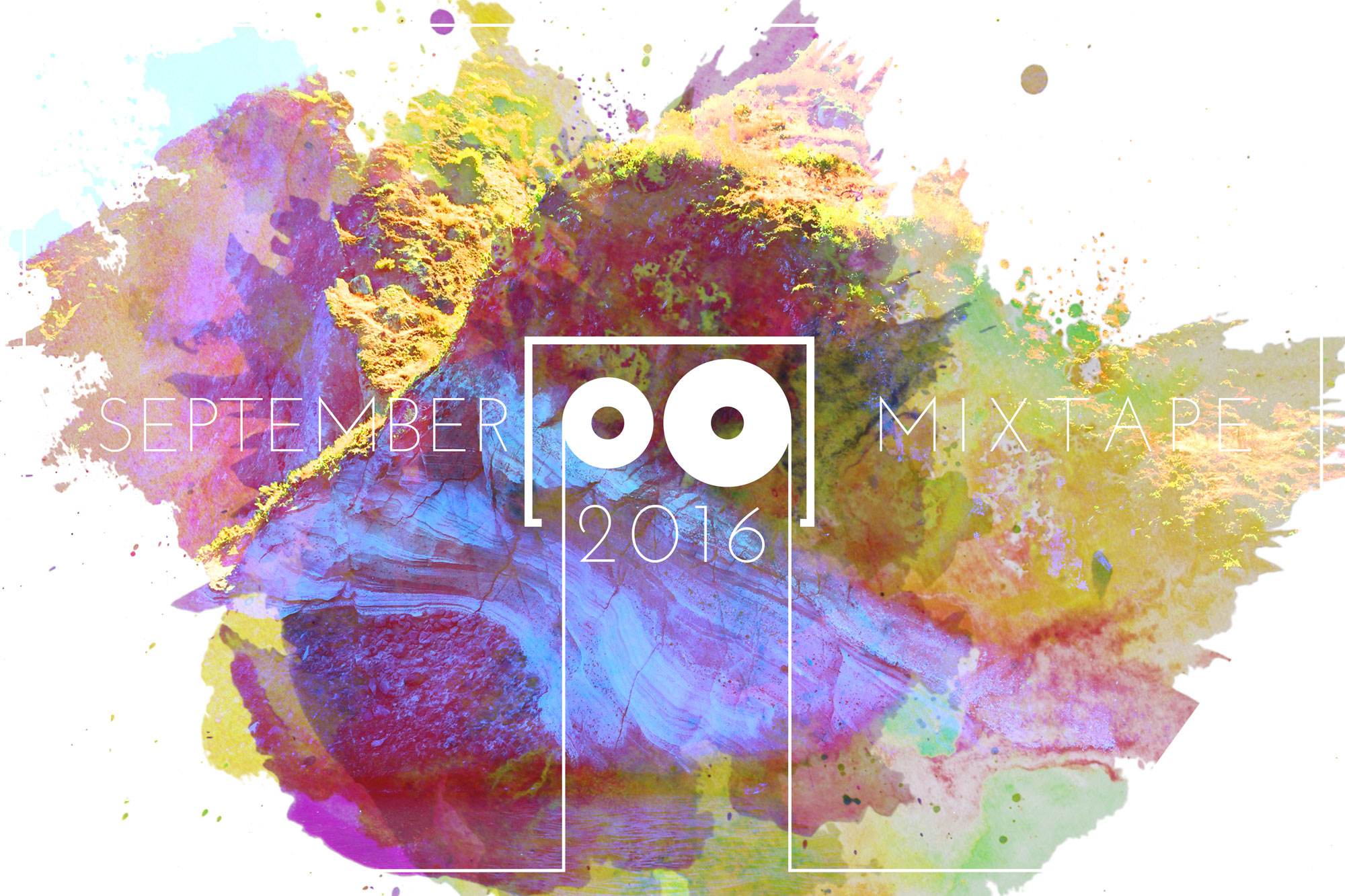



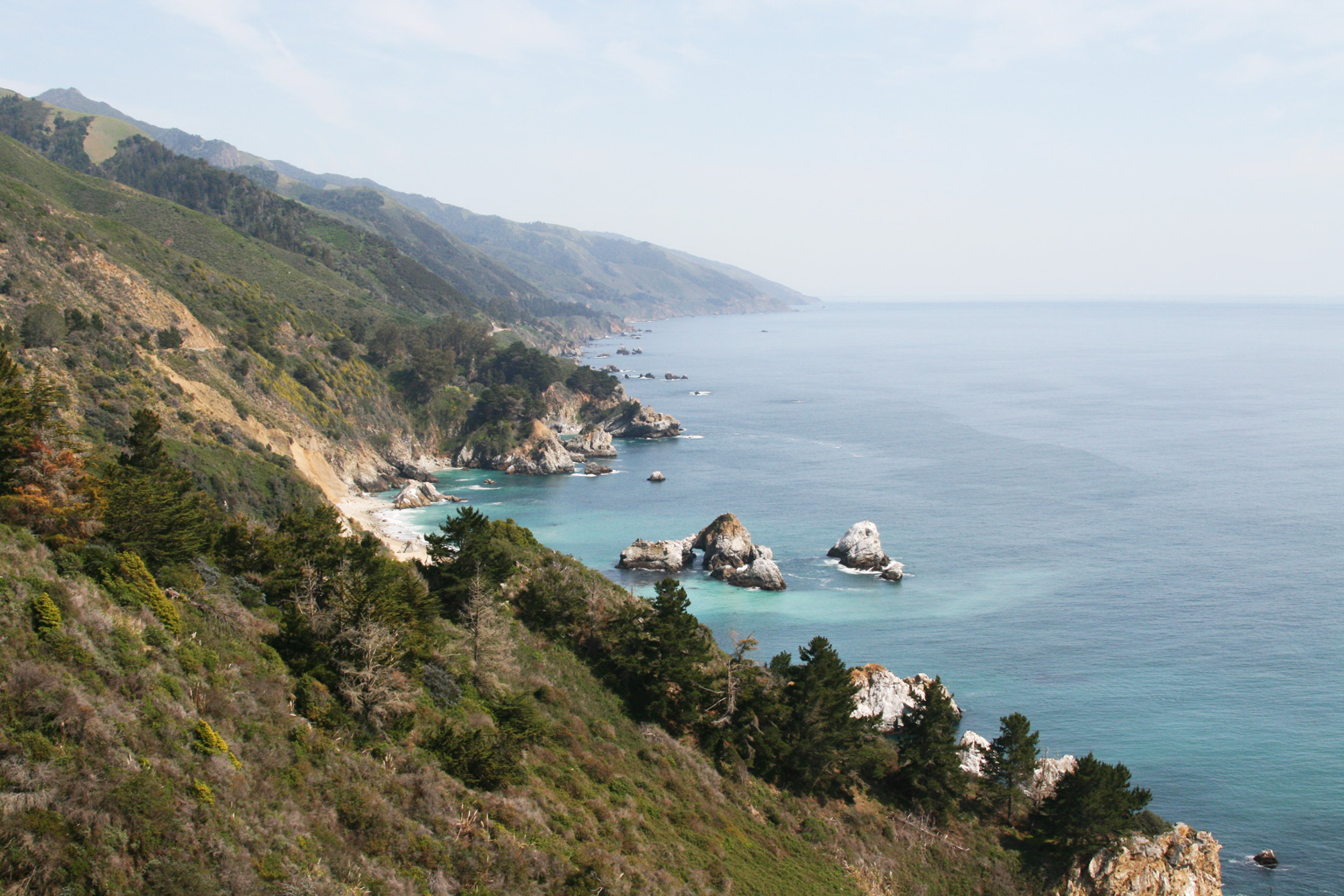


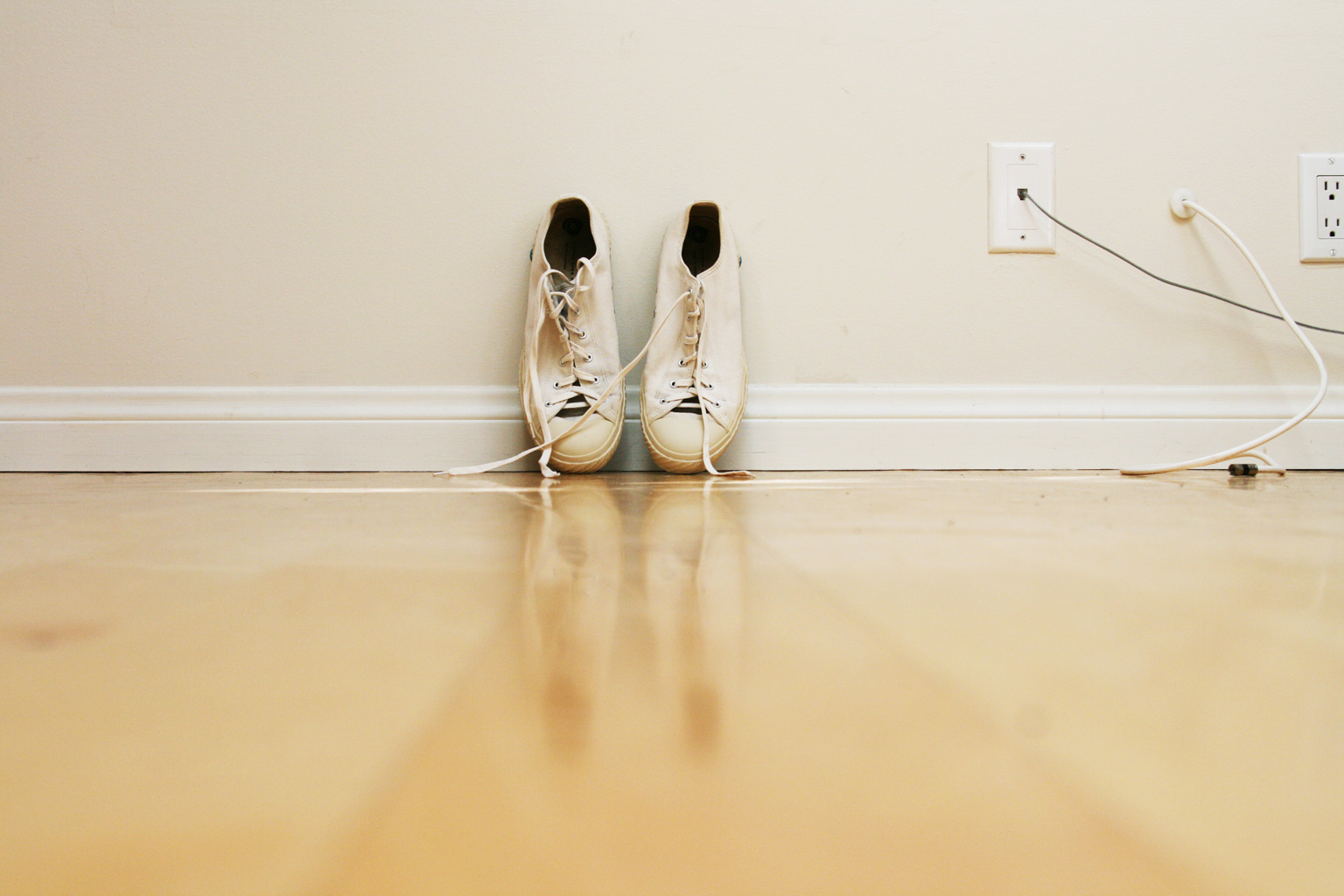
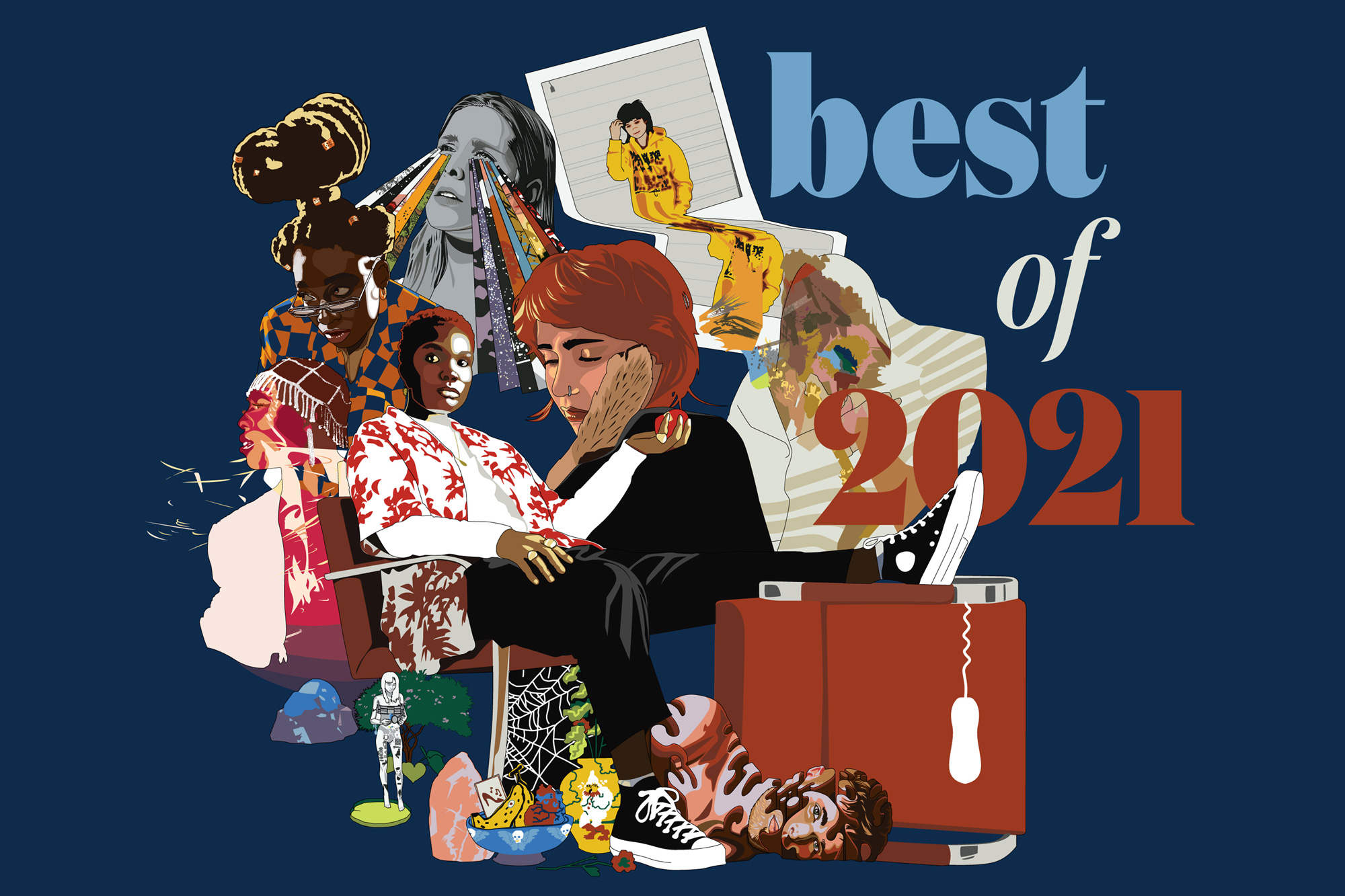



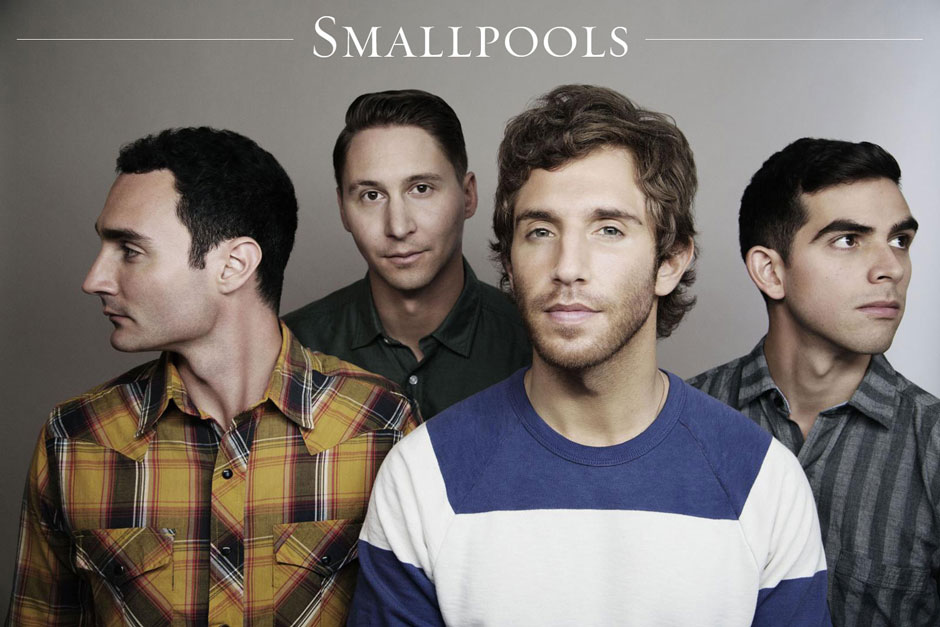
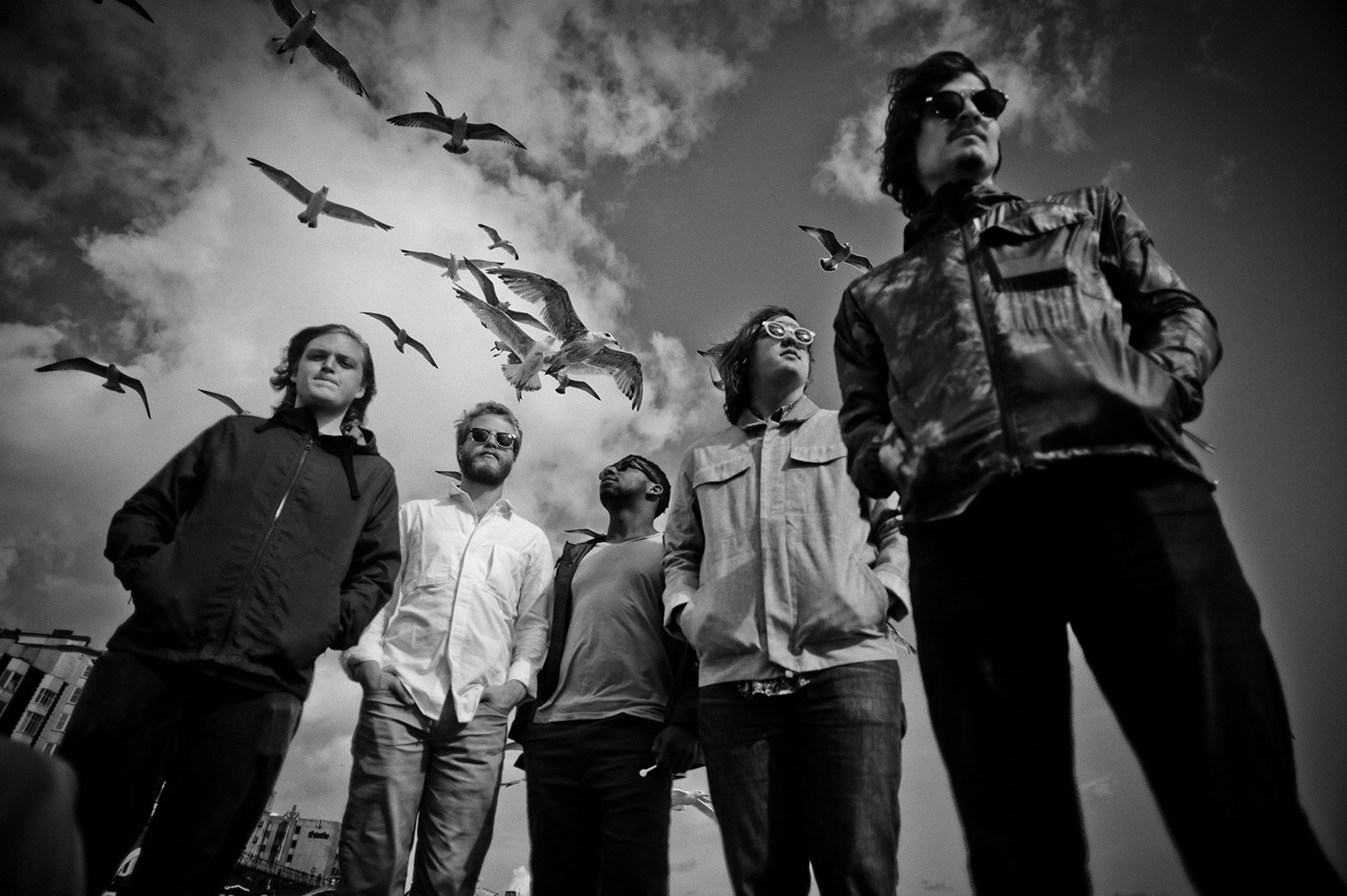

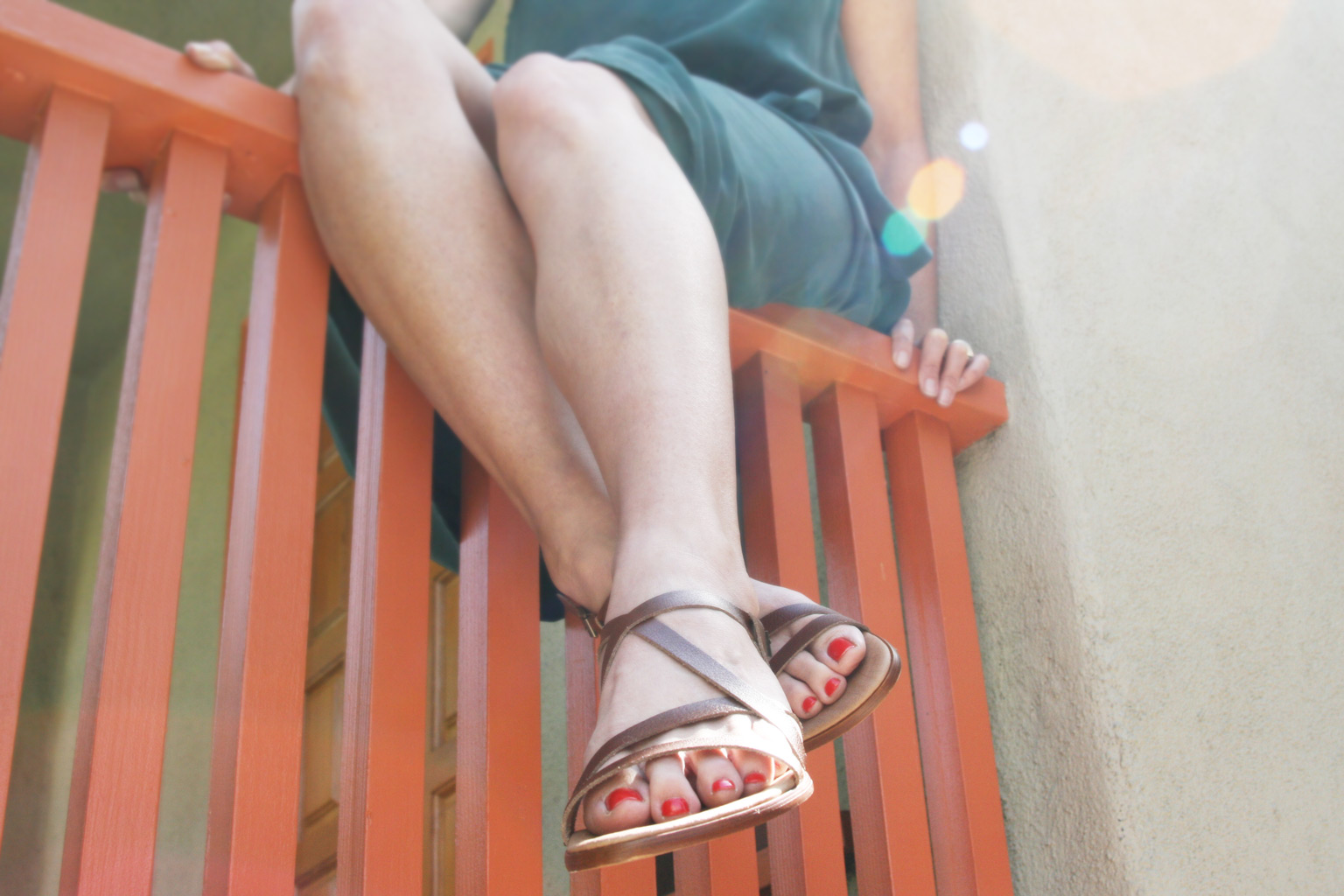
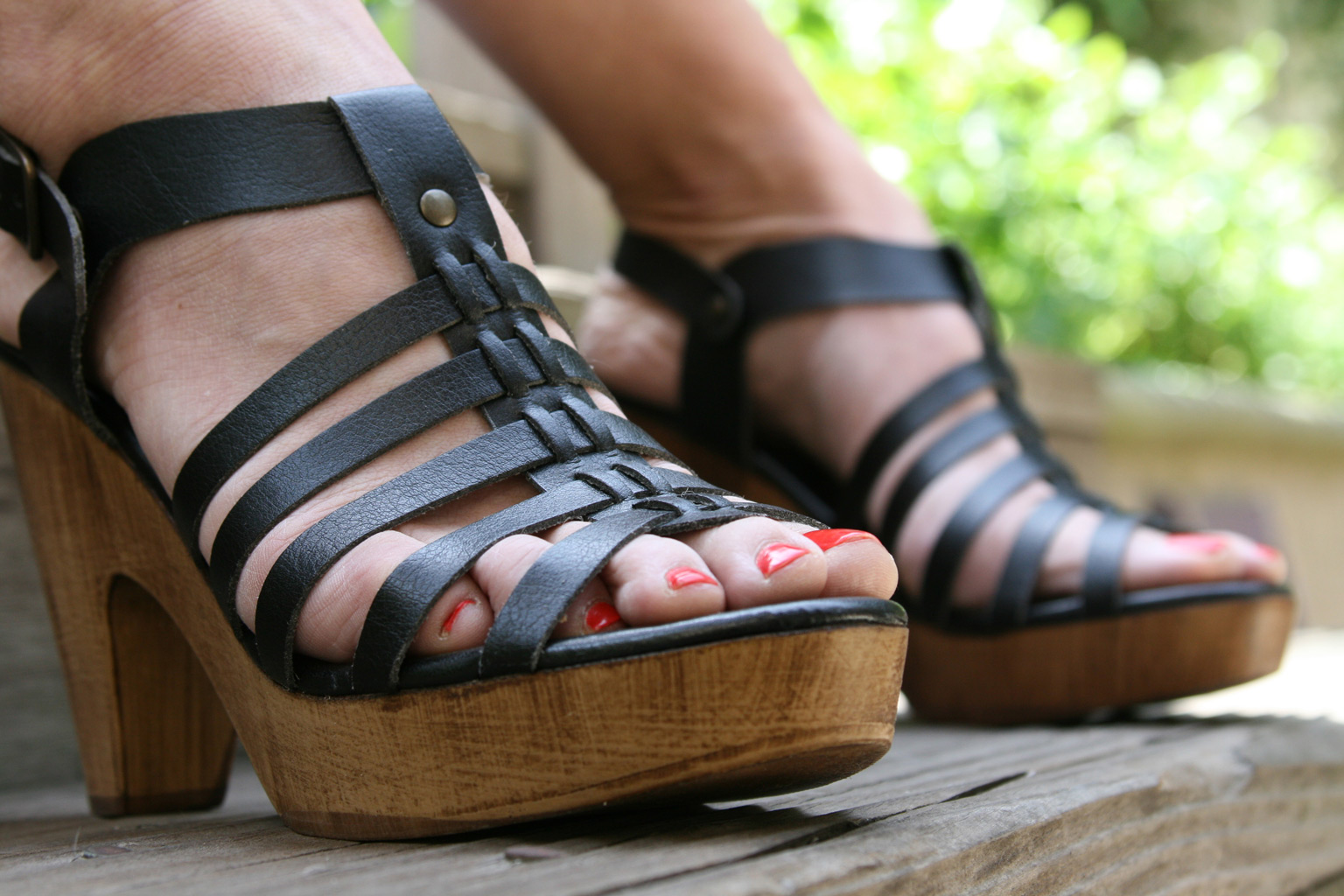
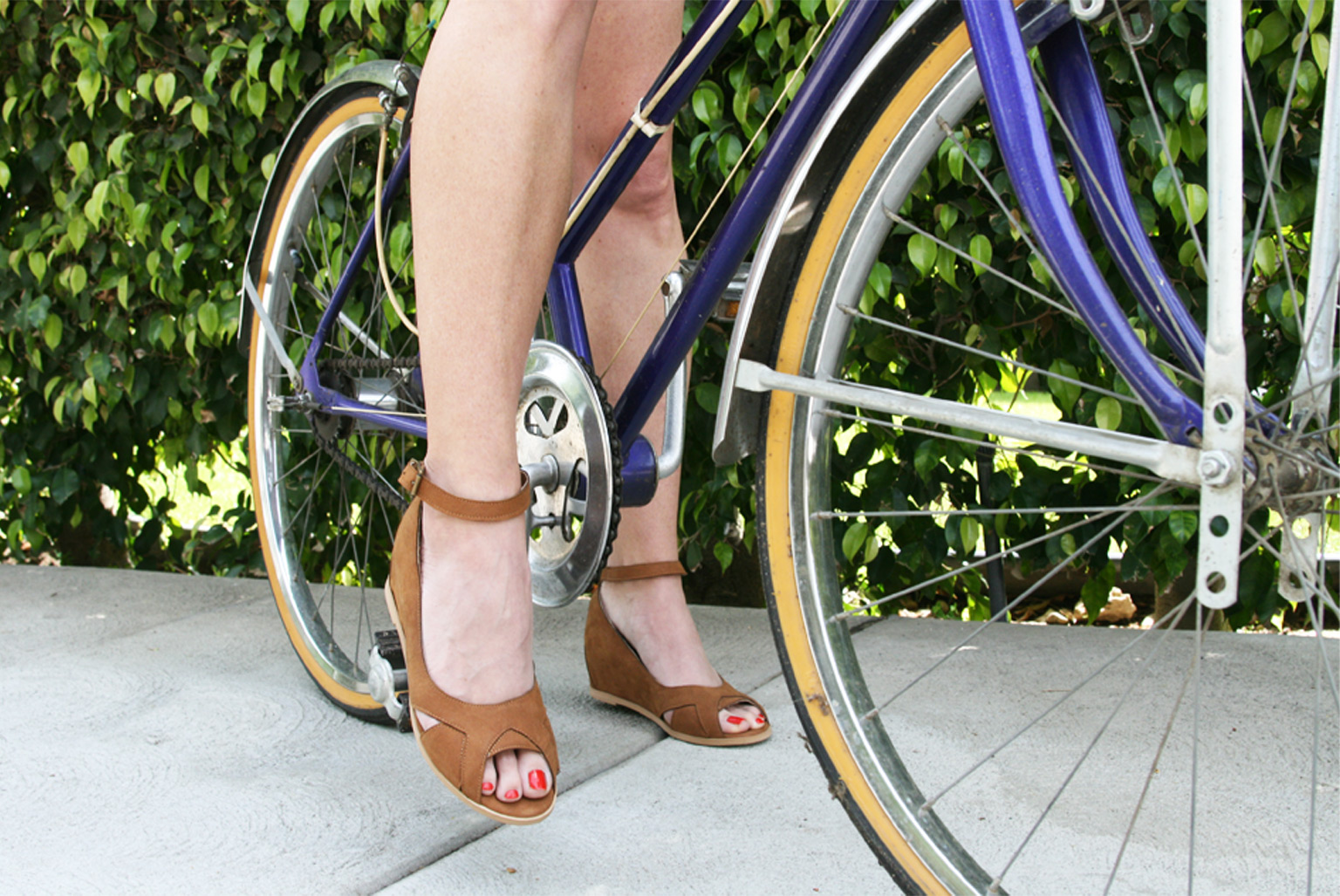



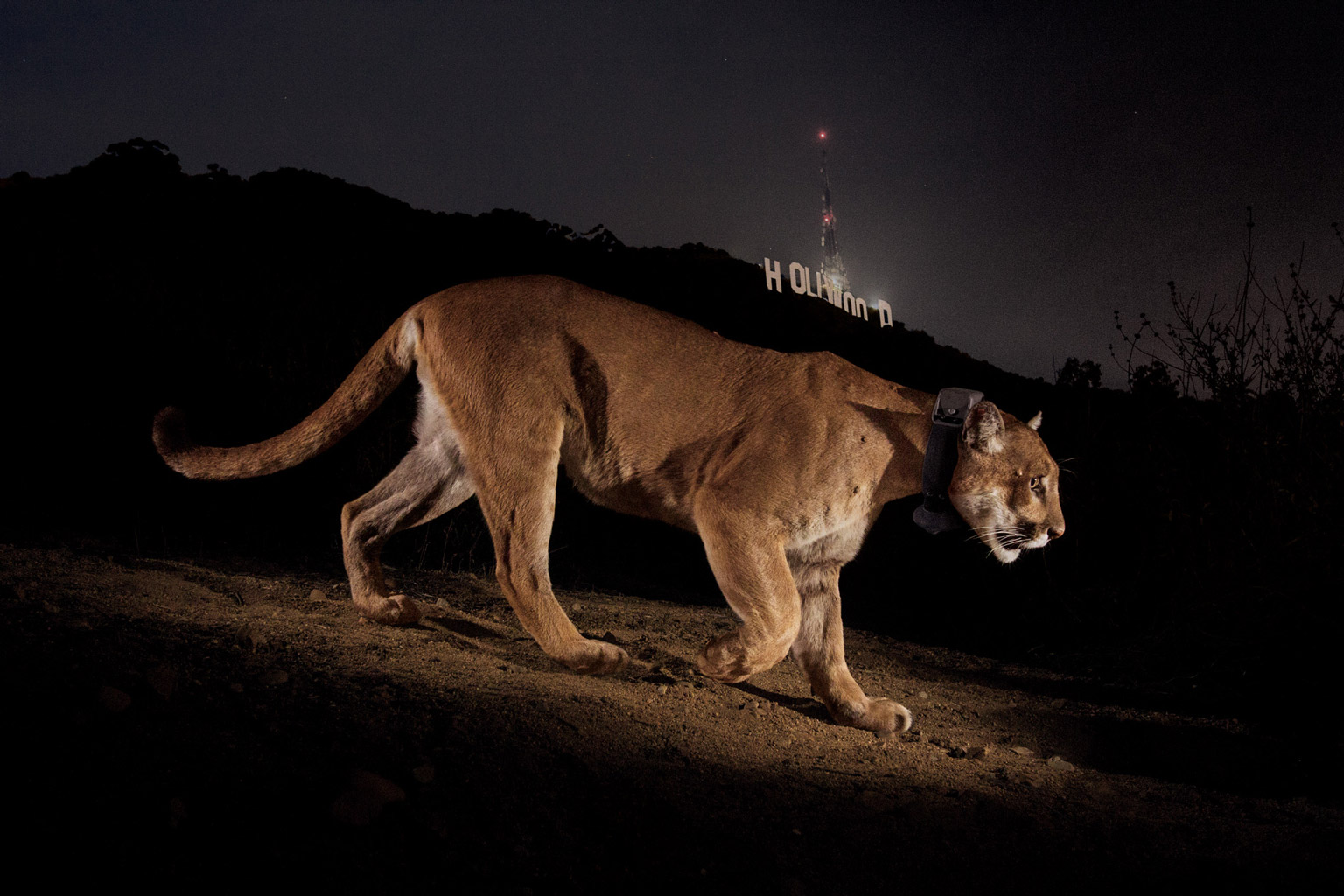
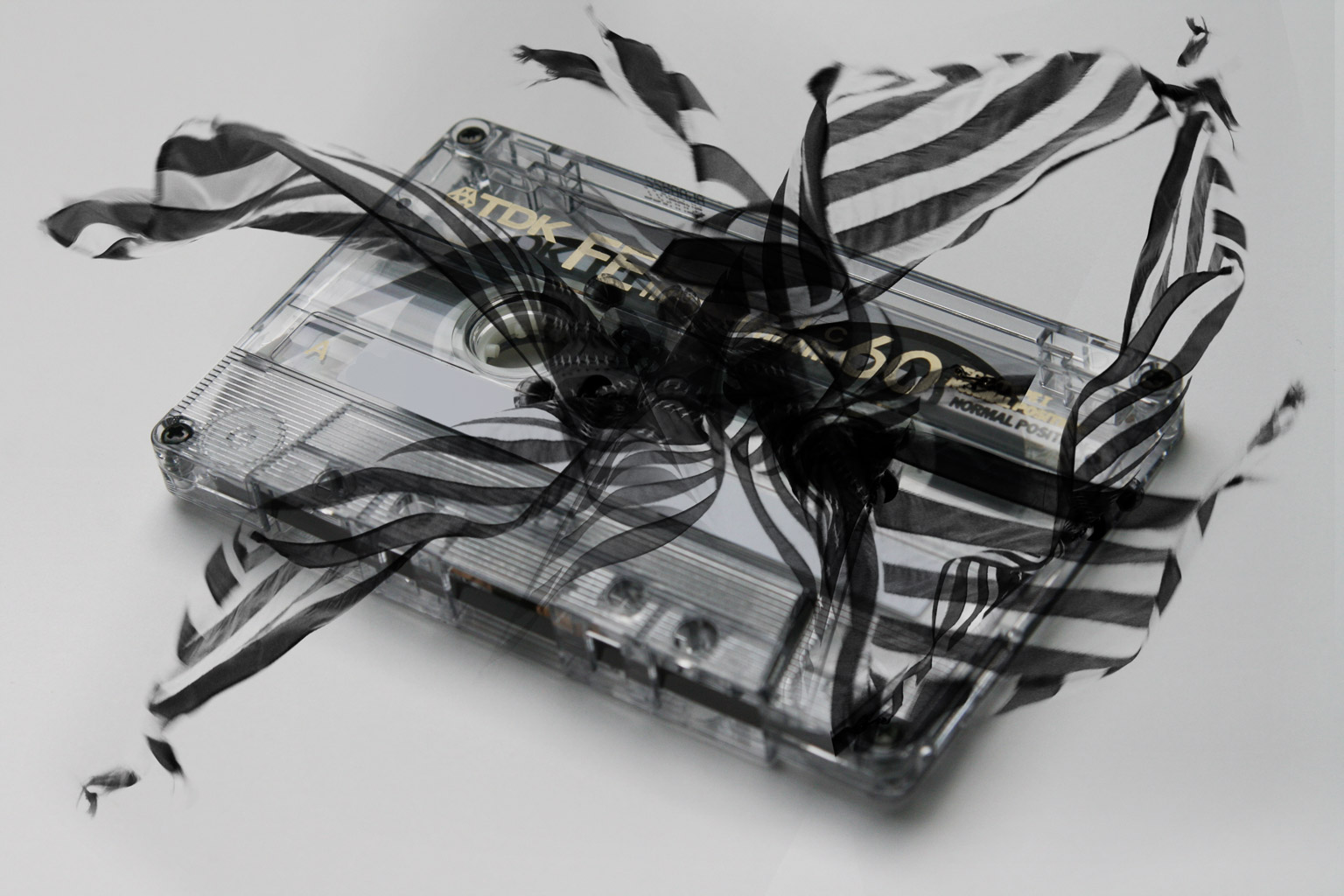

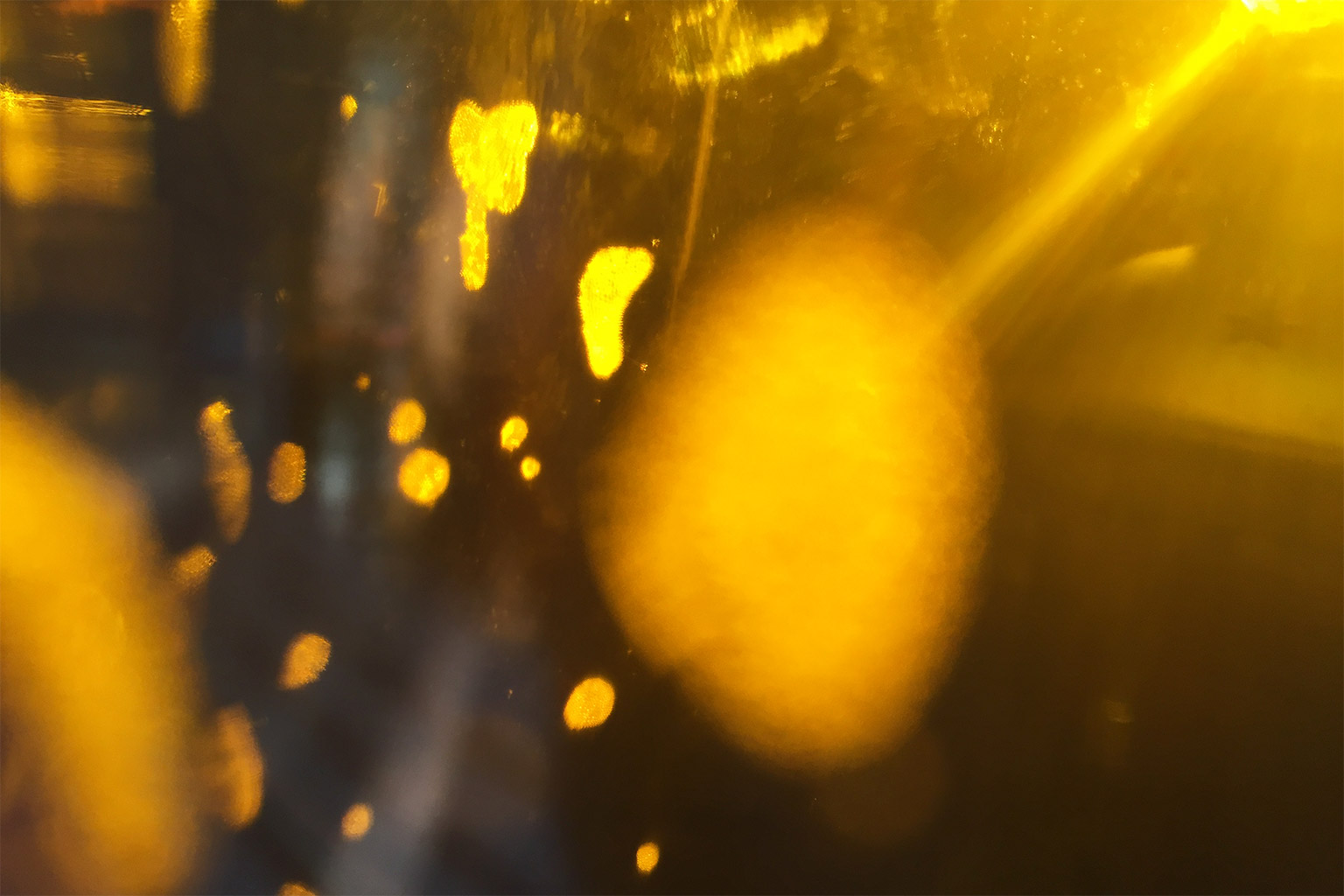
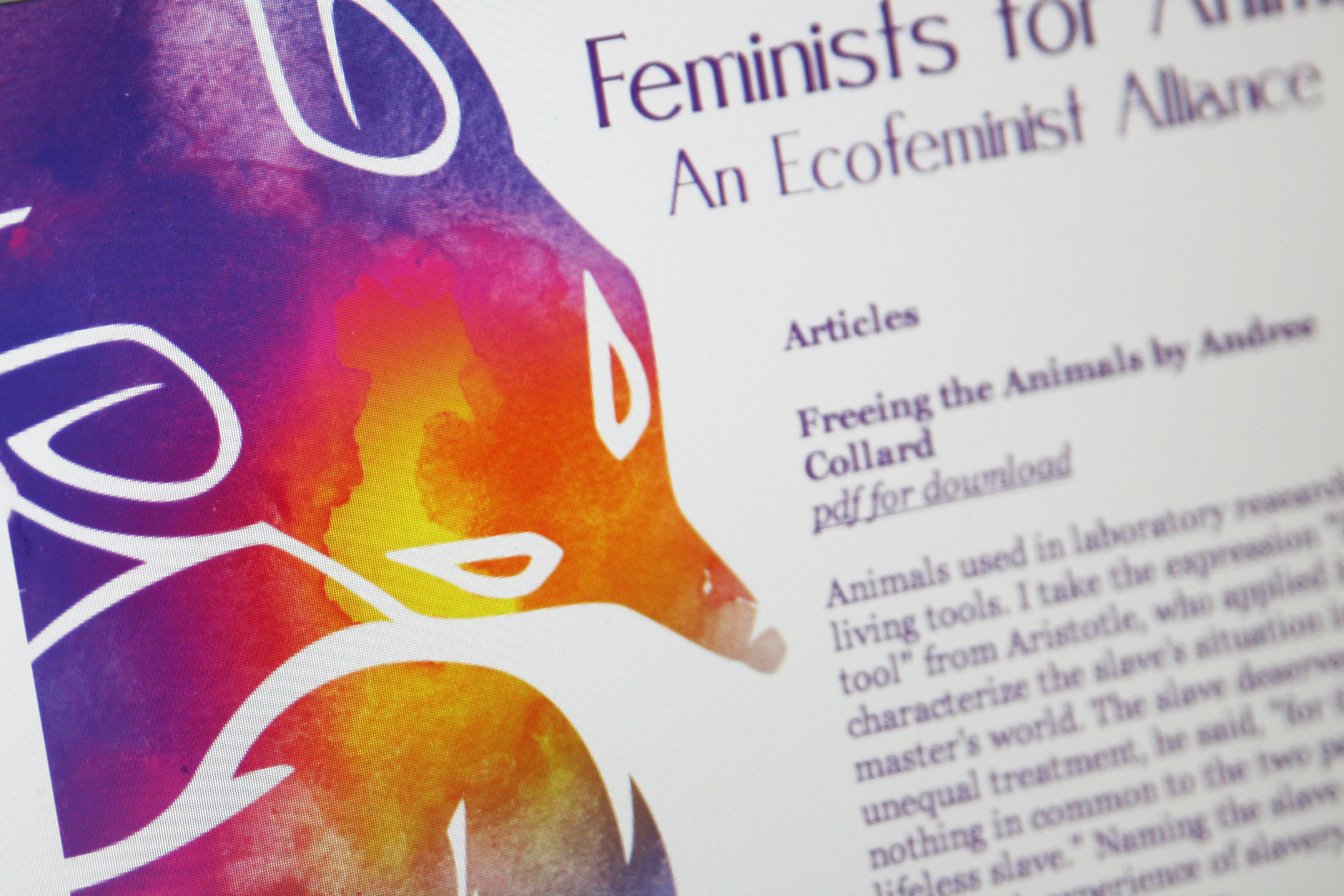

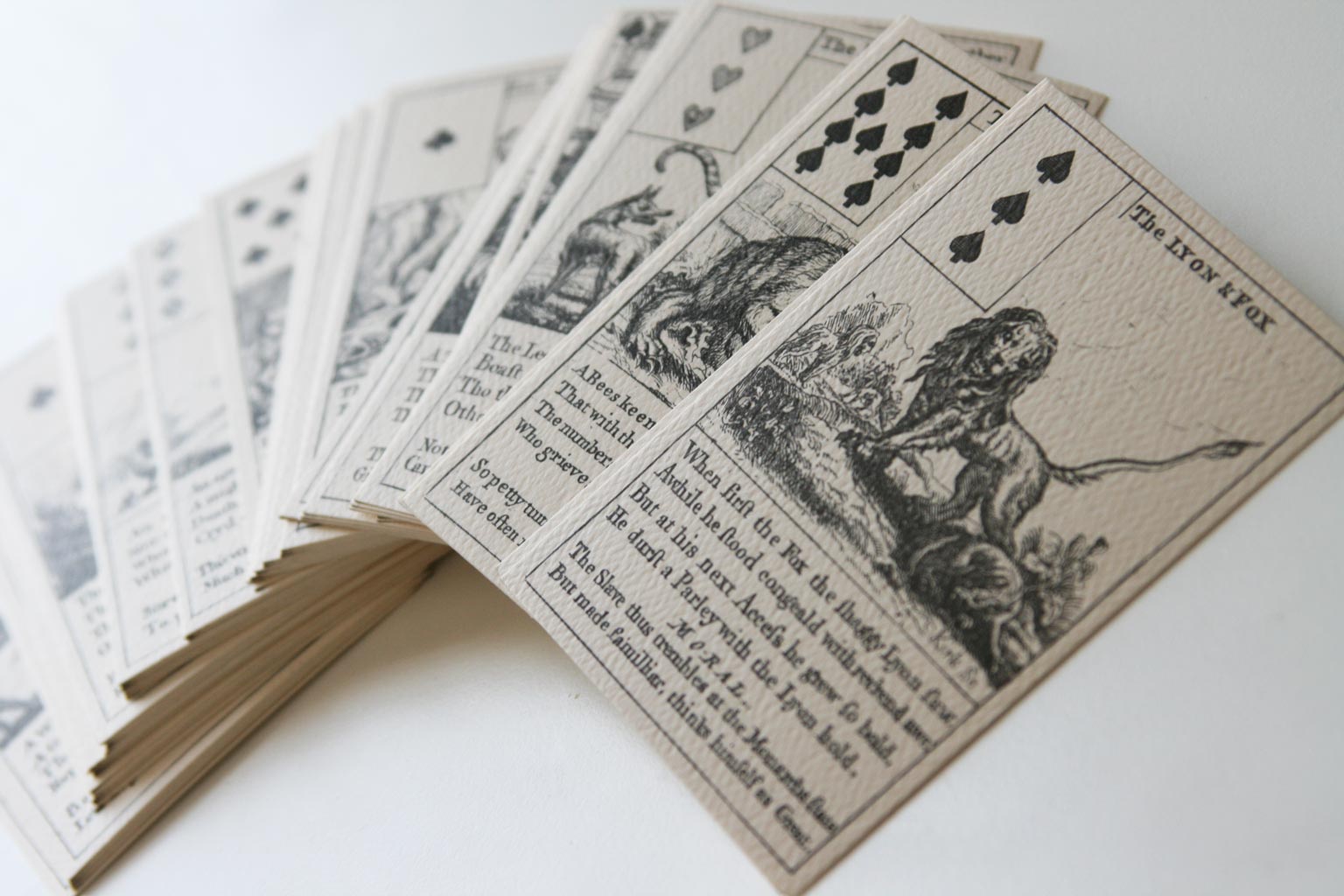

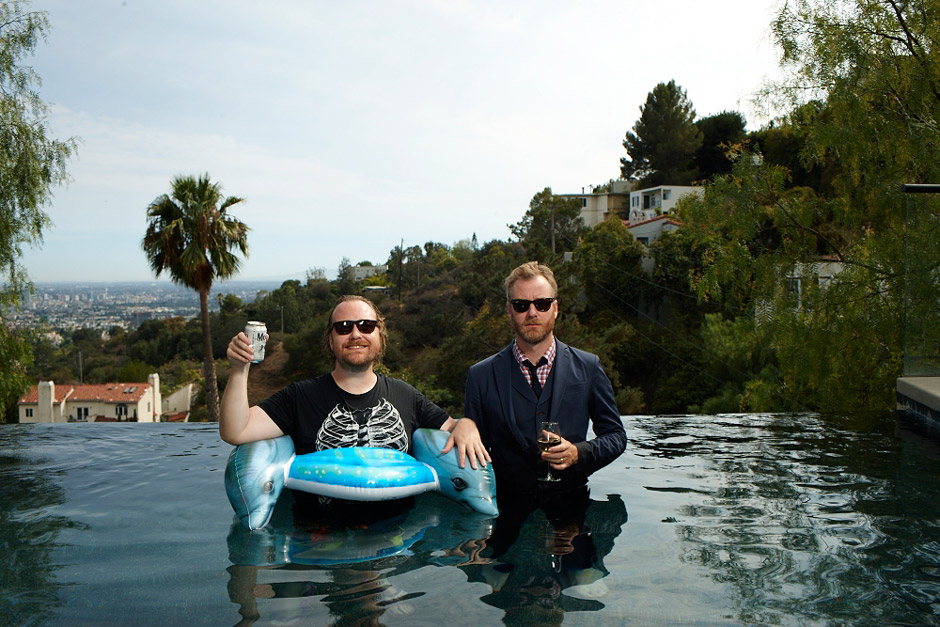
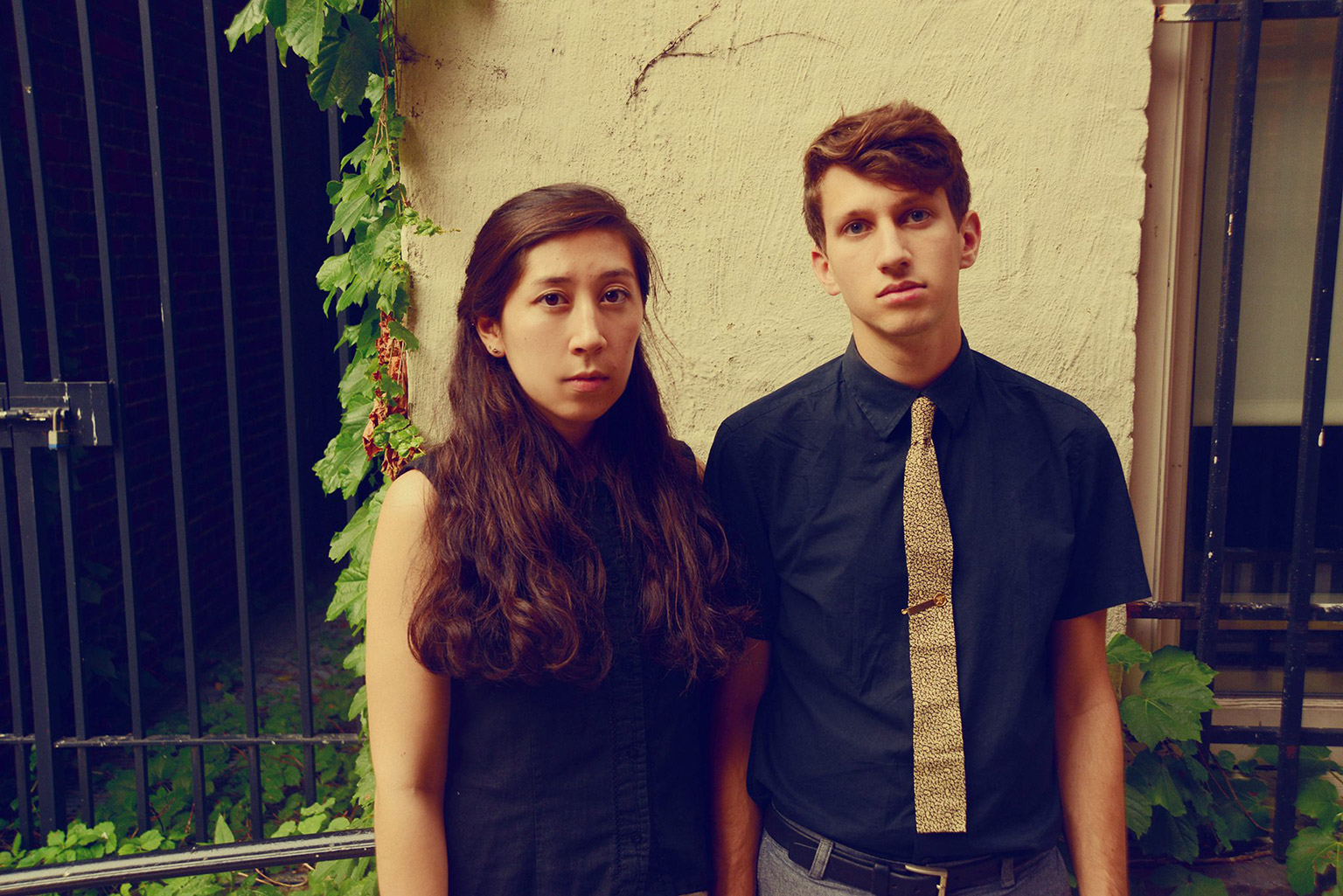


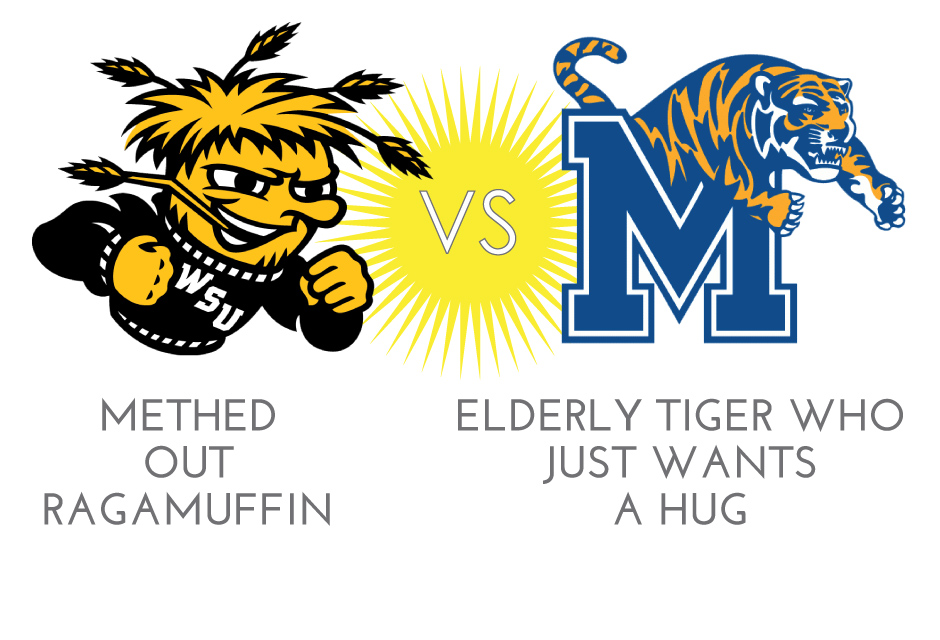
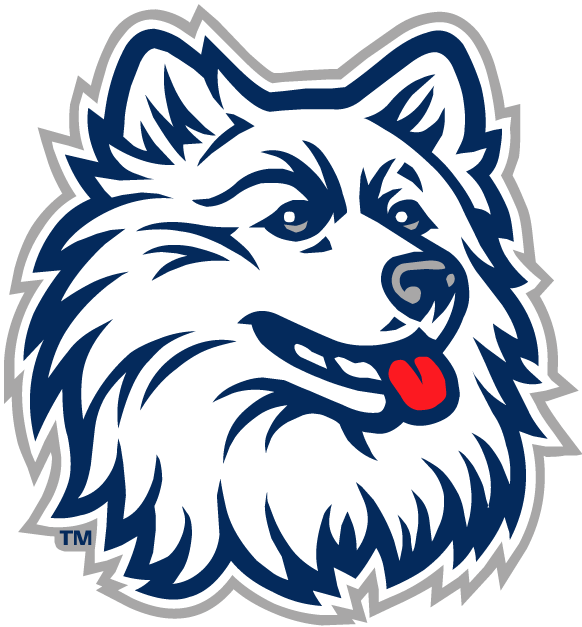 First off, we tip our hats to the many schools with newly redesign logos, first and foremost to VCU, who literally debuted a solid new mark days ago, incorporating their mascot (the ram) in a nice, subtle way in the V of the logotype. Also redesigned last year, UCONN’s logo which used to look very much like a dog our dog would like to hump (to the right)—such flowing locks; and that tongue! The San Diego State Aztecs ditched the old-school gold outline and went with a more up-to-date, flat design and a slightly more square layout—we highly approve the more useable logo. And the Creighton Blue Jays—awesome. That bird looks badass. And he used to look like
First off, we tip our hats to the many schools with newly redesign logos, first and foremost to VCU, who literally debuted a solid new mark days ago, incorporating their mascot (the ram) in a nice, subtle way in the V of the logotype. Also redesigned last year, UCONN’s logo which used to look very much like a dog our dog would like to hump (to the right)—such flowing locks; and that tongue! The San Diego State Aztecs ditched the old-school gold outline and went with a more up-to-date, flat design and a slightly more square layout—we highly approve the more useable logo. And the Creighton Blue Jays—awesome. That bird looks badass. And he used to look like 